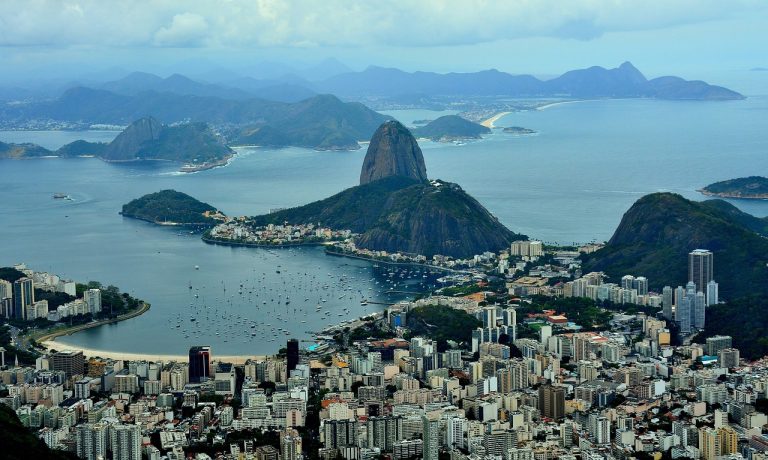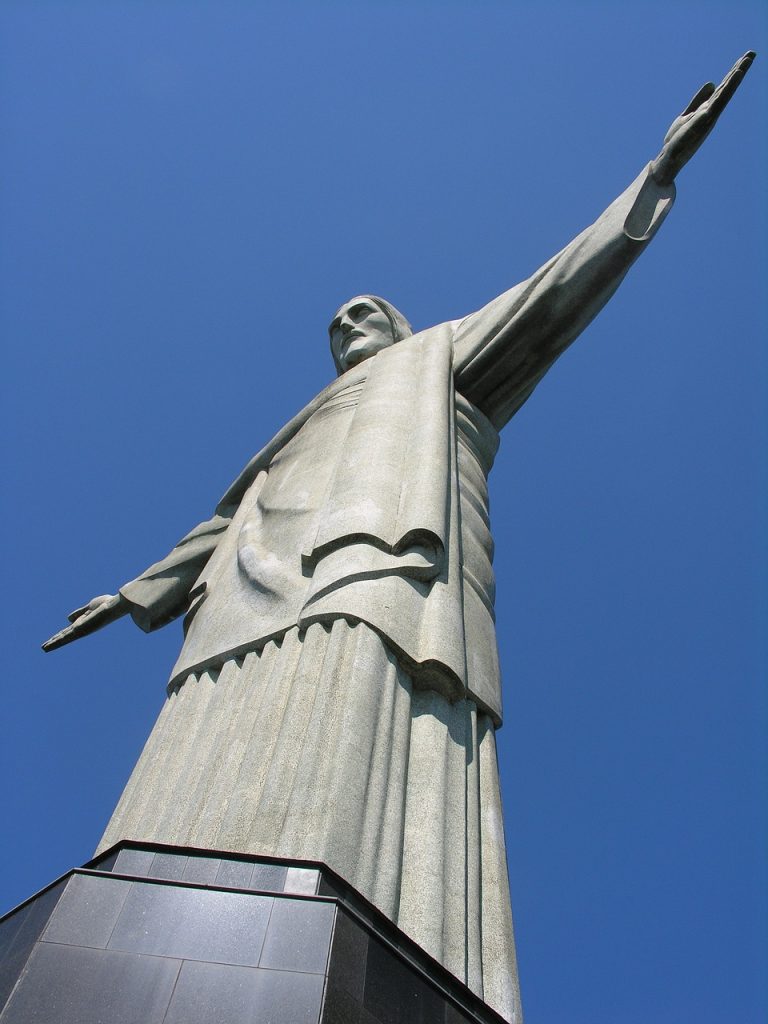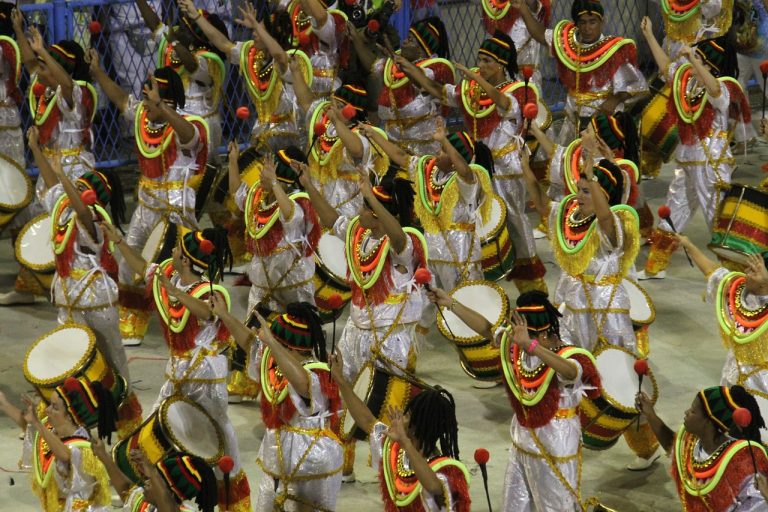Rio de Janeiro Brazil Video
Architectural Wonders: Iconic Buildings in Rio de Janeiro Brazil
Rio de Janeiro, Brazil, is not only known for its stunning natural landscapes and vibrant culture, but also for its impressive architectural wonders. From historic landmarks to modern structures, the city is home to a diverse range of iconic buildings that showcase the rich architectural heritage of Brazil. In this article, we will explore some of the most notable architectural wonders in Rio de Janeiro.
Copacabana Palace
- Location: Copacabana Beach
- Architectural Style: Art Deco
- Year Built: 1923
One of the most famous and luxurious hotels in South America, the Copacabana Palace is an architectural gem located on the iconic Copacabana Beach. Designed in the Art Deco style, the hotel features a stunning facade adorned with intricate details. The interior is equally impressive, with elegant ballrooms, luxurious suites, and breathtaking views of the beach. The Copacabana Palace has hosted numerous celebrities and dignitaries over the years, cementing its status as a symbol of luxury and refinement in Rio de Janeiro.
Maracanã Stadium
- Location: Maracanã
- Architectural Style: Modernist
- Year Built: 1950
The Maracanã Stadium is one of the most iconic sports venues in the world and a symbol of Brazilian football. Designed in the Modernist style, the stadium has a capacity of over 78,000 spectators and has hosted numerous historic matches, including the final of the 1950 FIFA World Cup. With its distinctive concrete structure and circular shape, the Maracanã Stadium is a true architectural marvel. In addition to football matches, the stadium has also hosted concerts and other major events.
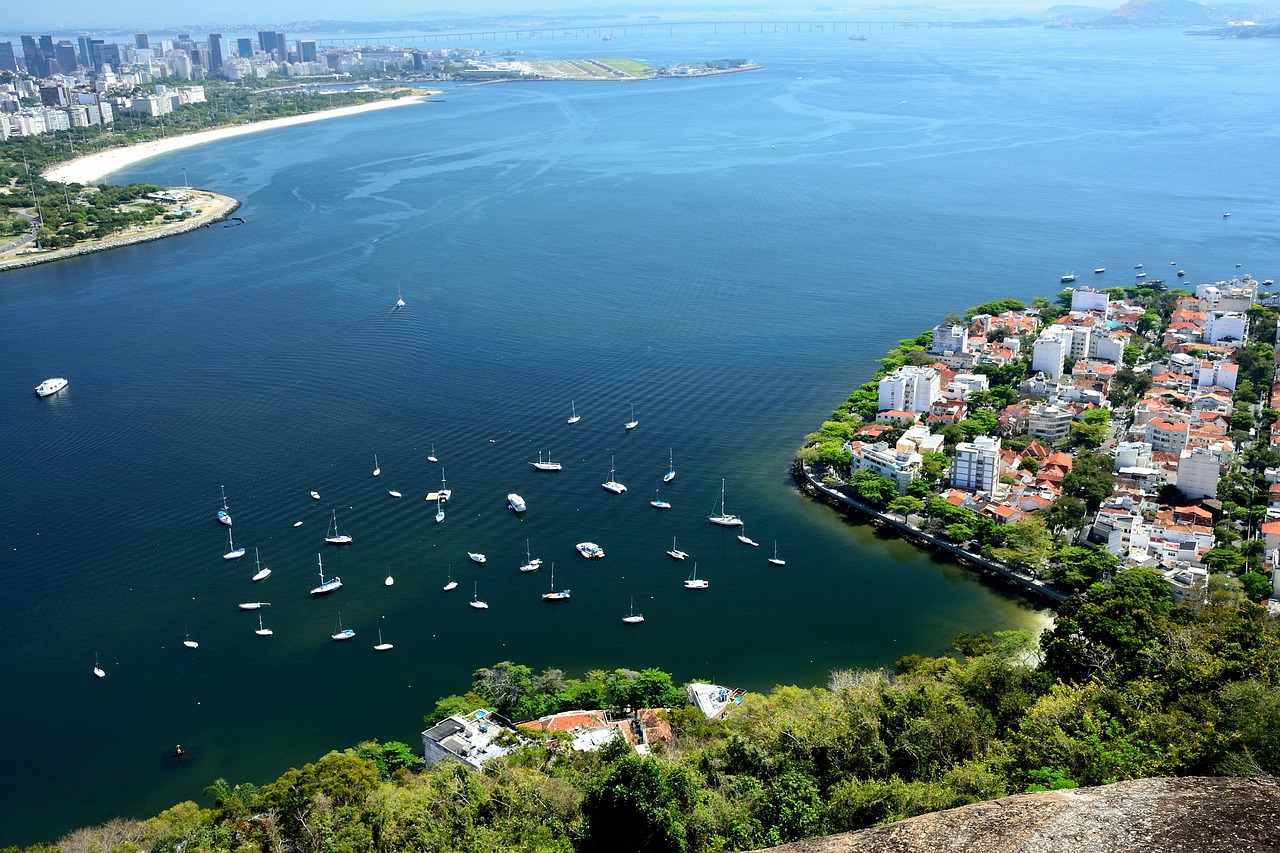
Niterói Contemporary Art Museum
- Location: Niterói
- Architectural Style: Contemporary
- Year Built: 1996
The Niterói Contemporary Art Museum, also known as MAC Niterói, is a striking architectural masterpiece designed by renowned Brazilian architect Oscar Niemeyer. Located in the city of Niterói, across Guanabara Bay from Rio de Janeiro, the museum is characterized by its futuristic design and unique shape resembling a flying saucer. The circular structure offers panoramic views of the bay and has become an iconic landmark in the region. Inside, visitors can explore a collection of contemporary art exhibitions.
Sambadrome Marquês de Sapucaí
- Location: Santo Cristo
- Architectural Style: Modernist
- Year Built: 1984
The Sambadrome Marquês de Sapucaí is the heart of Rio de Janeiro’s famous Carnival celebrations. Designed by architect Oscar Niemeyer, the Sambadrome is a purpose-built parade area where samba schools showcase their elaborate floats and costumes during the annual Carnival parade. The grandstands along the parade route can accommodate thousands of spectators, creating an electrifying atmosphere during the festivities. The Sambadrome’s design ensures optimal visibility for the audience, allowing them to fully immerse themselves in the vibrant Carnival experience.

Catedral Metropolitana de São Sebastião
- Location: Centro
- Architectural Style: Modernist
- Year Built: 1979
The Catedral Metropolitana de São Sebastião, also known as the Rio de Janeiro Cathedral, is a modernist masterpiece designed by architect Edgar Fonseca. The cathedral’s unique cone-shaped structure is inspired by Mayan pyramids and stands out in the city’s skyline. The interior of the cathedral is equally impressive, with beautiful stained glass windows and a soaring central nave. The Catedral Metropolitana de São Sebastião is not only a place of worship but also an architectural landmark that attracts visitors from around the world.
Theatro Municipal
- Location: Centro
- Architectural Style: Eclectic
- Year Built: 1909
The Theatro Municipal is a magnificent opera house located in the heart of Rio de Janeiro. Designed in the eclectic style, the theater features a lavish facade adorned with sculptures and intricate details. The interior is equally grand, with opulent chandeliers, ornate balconies, and a stunning auditorium. The Theatro Municipal hosts a variety of performances, including operas, ballets, and concerts, and has welcomed world-renowned artists throughout its history. It is considered one of the most important cultural institutions in Brazil.
Museum of Tomorrow
- Location: Praça Mauá
- Architectural Style: Futuristic
- Year Built: 2015
The Museum of Tomorrow, or Museu do Amanhã, is a groundbreaking science museum located in the revitalized port area of Rio de Janeiro. Designed by Spanish architect Santiago Calatrava, the museum’s futuristic design aims to explore the possibilities and challenges of the future. The striking structure features a cantilevered roof and a reflective facade that changes appearance with the surrounding light. Inside, interactive exhibits and immersive experiences invite visitors to contemplate the planet’s future and the impact of human actions.
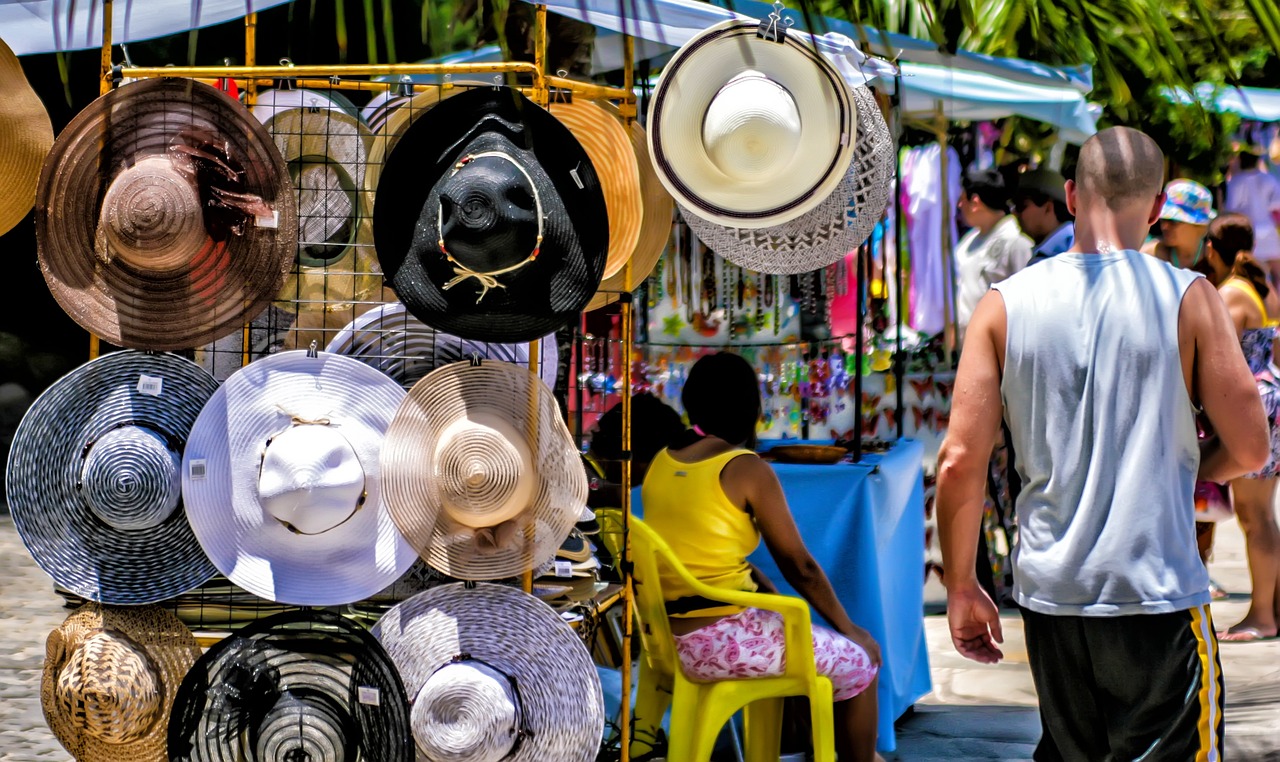
National Library of Brazil
- Location: Centro
- Architectural Style: Neoclassical
- Year Built: 1910
The National Library of Brazil, or Biblioteca Nacional, is one of the largest libraries in Latin America and a prominent cultural institution in Rio de Janeiro. Designed in the neoclassical style, the library’s facade features towering Corinthian columns and a grand staircase. Inside, the library houses an extensive collection of books, manuscripts, maps, and other valuable documents, including rare and ancient works. The National Library of Brazil is not only a treasure trove of knowledge but also a stunning architectural landmark.
Rio de Janeiro Cathedral
- Location: Lapa
- Architectural Style: Colonial
- Year Built: 1775
The Rio de Janeiro Cathedral, officially known as the Metropolitan Cathedral of Saint Sebastian, is a historic church located in the neighborhood of Lapa. Built in the colonial style, the cathedral features a simple yet elegant facade and a beautiful interior adorned with intricate woodwork and religious art. The cathedral’s impressive dome is one of its most distinctive features. The Rio de Janeiro Cathedral is not only a place of worship but also a significant architectural and historical landmark in the city.
Conclusion
Rio de Janeiro, Brazil, is a city that captivates with its architectural wonders. From the iconic Copacabana Palace to the futuristic Museum of Tomorrow, each building tells a unique story and contributes to the vibrant cultural landscape of the city. Whether you are a fan of modernist design or appreciate the grandeur of neoclassical architecture, Rio de Janeiro offers a diverse range of architectural styles and landmarks to explore. These iconic buildings not only enhance the city’s skyline but also serve as symbols of Brazil’s rich architectural heritage.
References
- Petit Palace – petitpalace.co.uk
- Official website of the Copacabana Palace – copacabanapalace.com
- Official website of the Niterói Contemporary Art Museum – macniteroi.com.br
- Official website of the Maracanã Stadium – maracana.com
- Official website of the Theatro Municipal – theatromunicipal.rj.gov.br
- Official website of the Museum of Tomorrow – museudoamanha.org.br
- Official website of the National Library of Brazil – bn.gov.br



